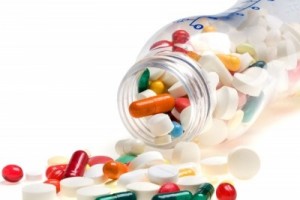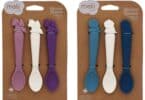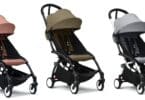
In 2004 there were an estimated 86,194 child poisoning incidents. That is over 400 per 100,000 overall. The majority of these cases, nearly 70 percent, involved toddlers only 1-2 years old. Most of these poisonings involved accidentally taking prescription or non-prescription medication that belonged to someone else. Following this was poisonings by cleaning products, ointments, and personal care products. According to studies, over half of these poisonings involved products that came in child-resistant packaging.
Parents need to be careful with children, especially young children, in the home. Child locks and protective packaging are not always enough to stop a child from getting into things that are dangerous. The lure of candy-like pills and brightly colored cleaning products is often too much for a toddler to resist. Parents need to take extra precautions in keeping children safe at home, and out.
The easiest way to prevent many unintentional poisonings is to move products and medication to shelves and cabinets that children cannot reach. Look around your home at the eye level of your child to see where there are potential dangers. Older toddlers often can climb into places parents thought were impossible, so you should make sure the place you choose is not able to be climbed into.
Never leave cleaning products out for just a moment. It can be easy to run to answer the phone and leave a bottle of cleaner on the table, however it would only take a moment for a child to get the bottle and become harmed by the chemicals inside. Many parents are opting to remove chemical cleaners from their homes and use safer versions in order to prevent potential poisonings from happening.
Keep medications in their original packaging and keep all warning and labels intact. If you are giving a medication to your child, make sure that you are giving them the correct dosage. Too many poisonings occur from parents accidentally overdosing their children. Take a moment to verify what you are giving your child and how much before giving them any medication.
Some poisonings happen when children are taken to other homes, especially homes where small children are not a common occurrence. It is easy for childless people to leave their prescription medications laying out without thought, making it easier for child visitors to get into things they should not. Be extra careful when taking your children to places where childproofing precautions may not have been done. Remember, it only takes a moment for a poisoning to happen.
No matter how safe you are, it is still helpful to keep the number for the poison control center (1-800-222-1222) where you can find it quickly. If you suspect your child ate or drank something call them with your child’s age, weight, any current health issues and medications they are taking, and whether or not your child has vomited. If your child is unconscious, not breathing, or behaving oddly call 911 instead.
Many of the unintentional poisonings that happen to children each year can be prevented with a moment of caution and additional safety precautions.
Related Articles:






